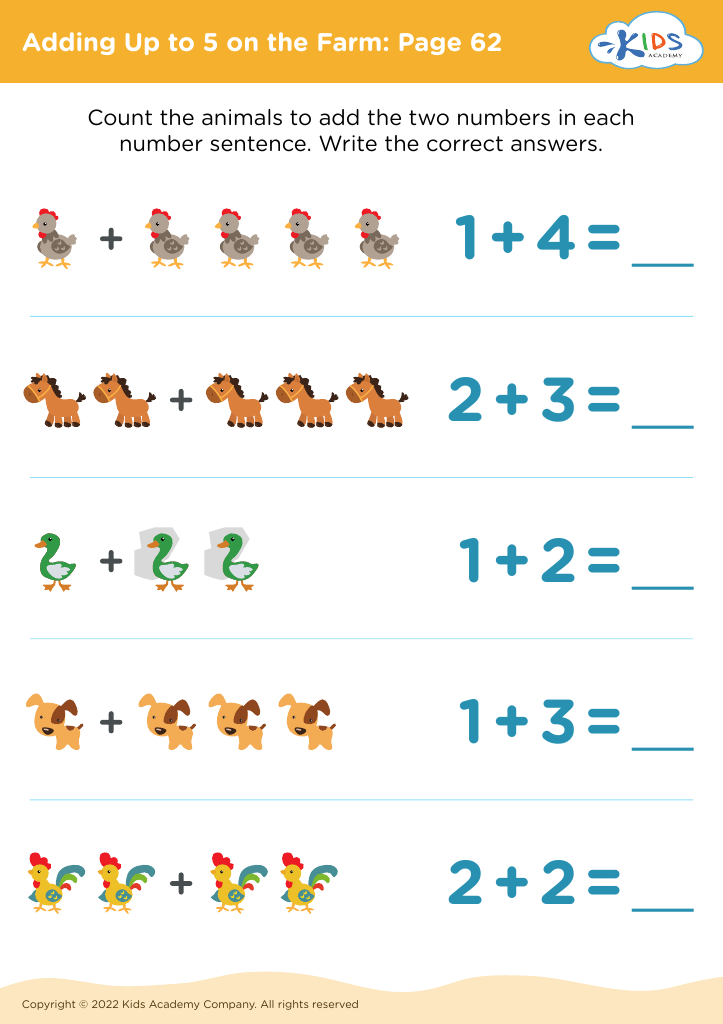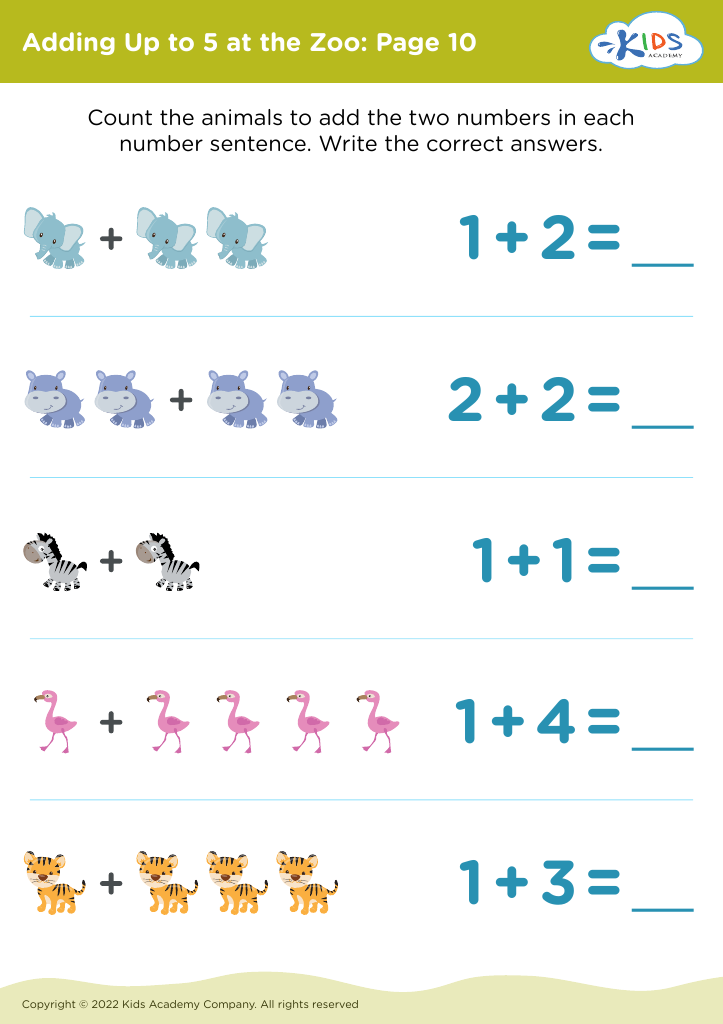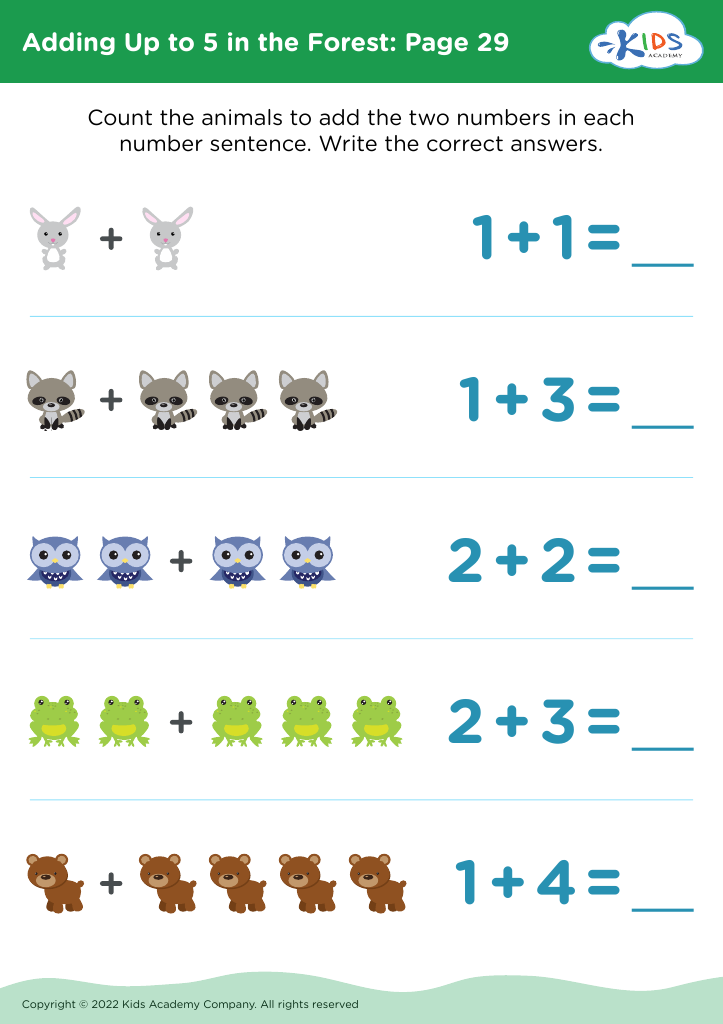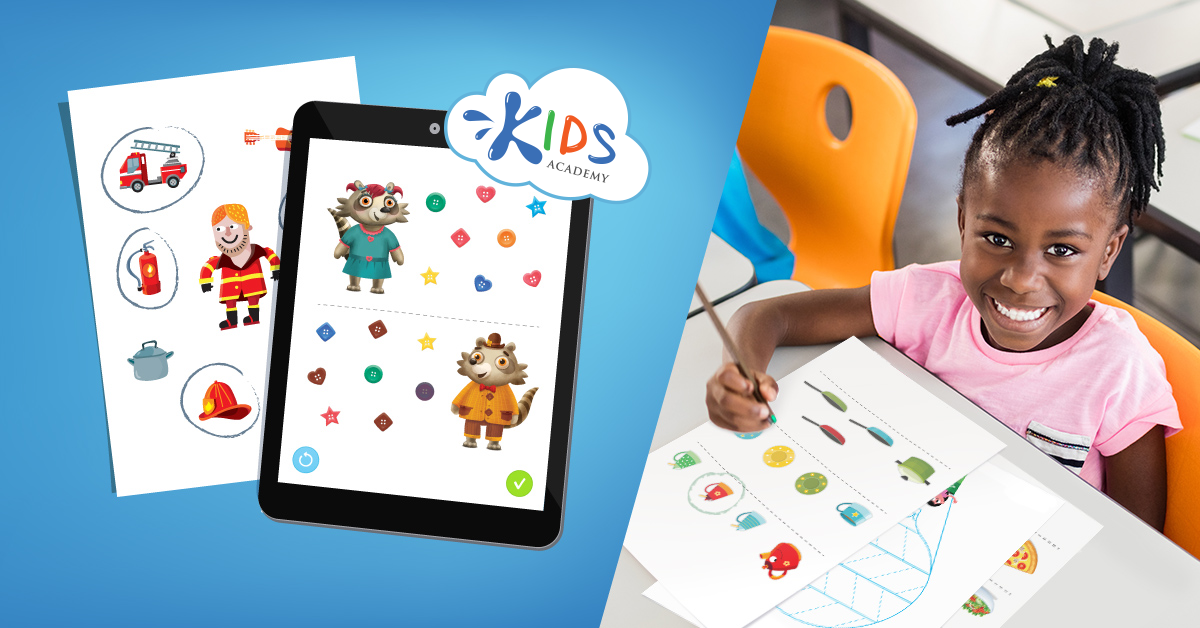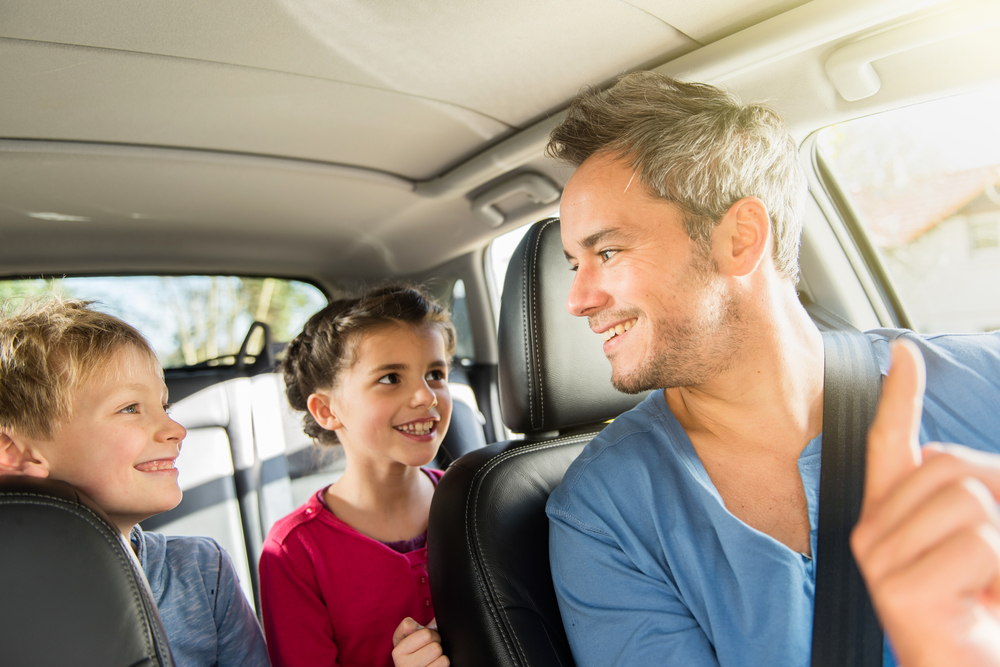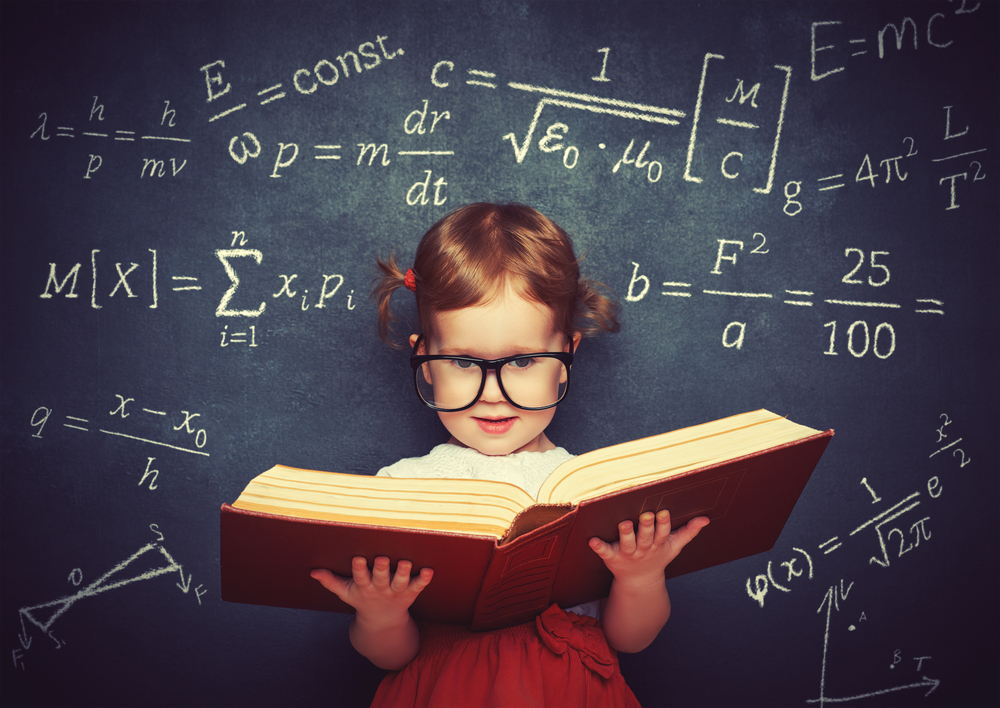Visual learning enhancement Addition Worksheets for Ages 4-6
4 filtered results
-
From - To
Boost your child's math skills with our Visual Learning Enhancement Addition Worksheets designed specifically for ages 4-6! These engaging and colorful worksheets make learning addition fun and accessible for young learners. Using visual aids and interactive exercises, children can grasp foundational math concepts while developing critical thinking and problem-solving skills. Our worksheets cater to various learning styles, ensuring that every child can benefit from hands-on activities and vibrant visuals. Perfect for classroom or at-home learning, our resources enable preschoolers and kindergarteners to practice addition in a supportive and stimulating environment. Start your child's math journey today with these interactive worksheets!
Visual learning enhancement is crucial for children aged 4-6, as this stage is foundational for their cognitive development. Young learners are naturally drawn to visuals and often comprehend information better when it's presented in a visually engaging manner. Implementing visual learning strategies, such as vivid illustrations, charts, and hands-on activities, can significantly enhance their understanding of concepts like addition.
Parents and teachers should care about this approach because it accommodates different learning styles and helps to maintain children's interest. By using visual aids, educators can simplify complex ideas, making them more accessible and reducing frustration during learning. Additionally, visual learning fosters creativity and critical thinking, skills essential for lifelong learning.
Moreover, visual tactics can improve retention and recall, as children are more likely to remember information they've seen or interacted with. Incorporating elements like colorful manipulatives or interactive games not only makes learning enjoyable but also encourages collaboration and social skills among peers. Ultimately, prioritizing visual learning enhancement allows for a more effective, inclusive, and engaging educational experience, setting the foundation for future academic successes and a positive attitude toward learning. Therefore, caregivers and educators should actively adopt and promote these techniques in early childhood education.


